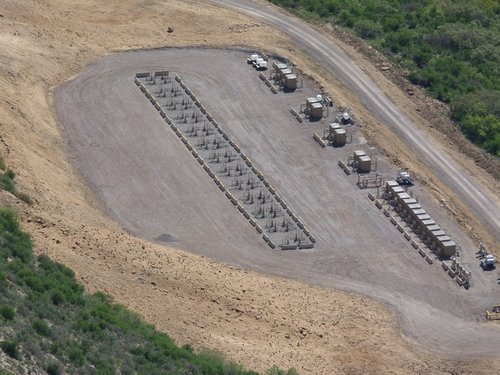Maybe the best way of dealing with it is to make the standards higher that the oil companies must comply with and set up better environmetal policies to coincide. make it a win win for all, not just the rich guys fronting the cash.
I completely agree.
I would go one step further. If these activities are supposedly so wildlife friendly, then have the companies who are awarded the leases secure surety bonds or post their own bonds for the amount of impact they will have. If this is supposedly such low risk activity to wildlife and water, then the bond should be an inconsequential cost of doing business.
Let the market take care of the risk, not the politicians.
Everytime this is tossed out as an idea, many in the resource industries state that such bonding requirements would make it unfeasible, due to cost of bonding. Well, if the bonding is so expensive, it is because of the huge risk of negative impacts, exactly what we are told is not the case.
By politicians waiving the guidelines/standards bonedog mentions, it is in effect a subsidy; a welfare handout. It lowers production costs and increases negative impacts. Even if it is not a direct payment, any economic analysis would conclude that removal of operating costs and shifting risks and negative impacts to others is a subsidy. To me, subsidies such as that are welfare, just the same as any other government handout.
I have made this argument so many times and every time it ends up in a circular equation when talking with those who out of one side of their mouth want to say their is no risk or damage and out the other side of their mouth claim that bonding for risk/damage would bankrupt them.
Which is it? It can't be both. Either their is no risk and the cost to bond is peanuts, or if the cost to bond is high, the risk experts who know risk analysis have determined the risk is ridiculously high.
I could go on and on about the handout welfare programs this kind of government activity really represents. I have nothing against oil and gas, mining, logging (I come from a logging family). Hell, I use everyone of those things.
I am just tired of being fed such lines of BS about "no impact from our activities" on one hand and "bonding would bankrupt us" on the other hand. I am also tired of the entrenched industries getting all this subsidy and making it impossible for the market to allow competing ideas to come forward and compete on a level playing field. So long as those charged with representing the people and the public interest in their resources do not look at all the cost-benefits, this kind of subsidy is going to continue.
I wonder how much Anadarko would have paid for Book Cliffs leases if they were told you can explore and extract, but you must post a bond for the risks/impacts your activities have on the land, water, and wildlife? I wonder what a risk management company would charge Anadarko for a bond on such activity in an area as remarkable as the Book Cliffs?
I suspect that risk management company would charge a large fortune, which would be a reflection of the risk Anadarko's activities could have on permanent long-term impairment to the leased lands, making the amount Anadarko would have paid for such leases, far less as they now have to absorb or manage the risk of their activity rather than shift it to the public. It appears the UT State Land Board wants to shift all the risk to the citizens of the state.




